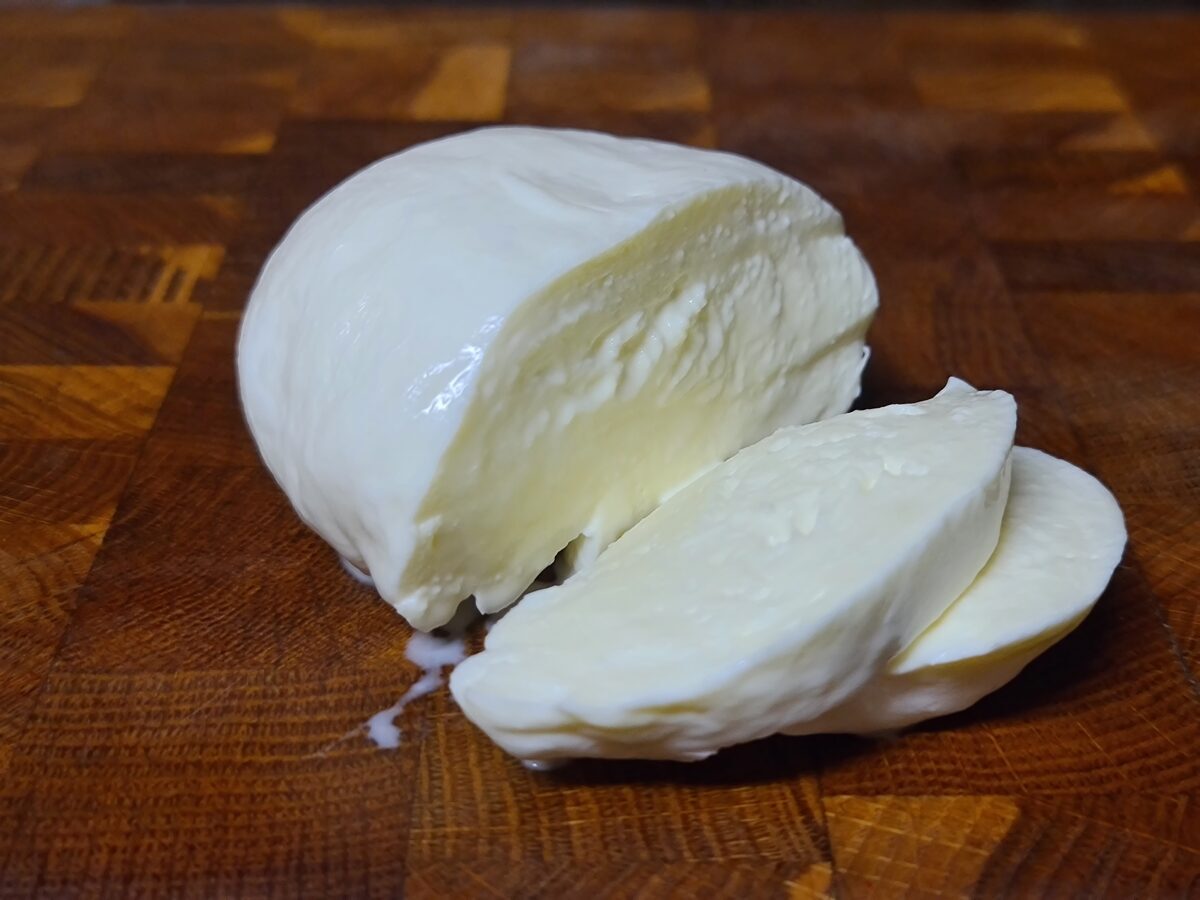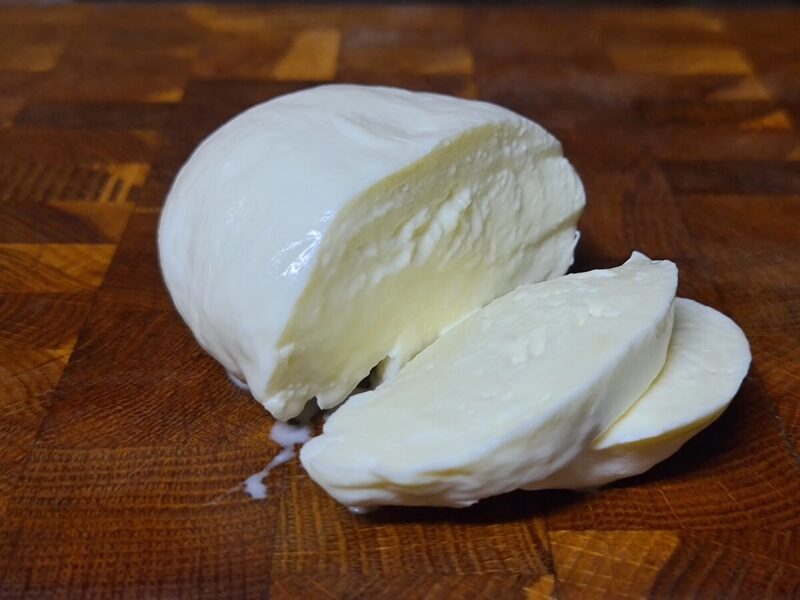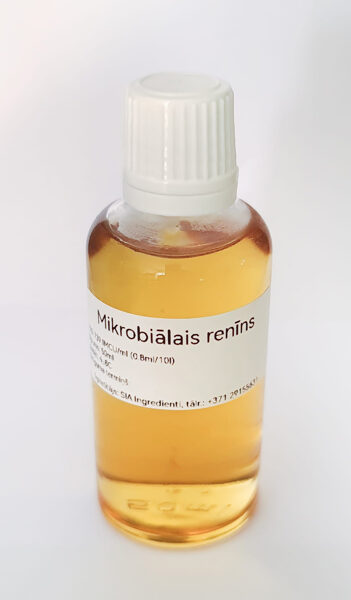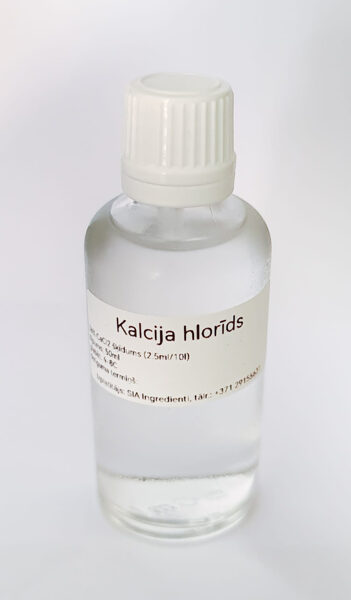Preparing (1h 40min)
- Before starting, we should disinfect all surfaces and dishes that may come into contact with milk.
- Determine whether milk is suitable for making cheese. It has to go through the bactericidal phase (cold milk from the previous day usually works). If you have a PH meter, the PH level of milk should not be outside the PH 6.55–6.75 range (which is very rare).
- Pasteurize milk: heat it to 65 °C and keep it at this temperature for 30 minutes. Can heat up to 70 °C and hold for 15 minutes.
- Quickly cool the milk, for example, in a cold bath to 32–33 °C (it could take 15 minutes), or heat the already pasteurized milk.
|
Processing (5h)
- Add calcium chloride (2.5 ml), it must be diluted with 50ml of clean water before adding to the milk. **
- Add cheese culture Micromilk T 1 gr.
- We should wait for the level of acidity of the milk to reach PH 6.8
- Add 0.85 ml of rennet, it must be diluted with 50ml of clean water before adding to the milk. **
- After adding a rennet, start the timer to determine the flocculation point. The flocculation point for mozzarella is 3. That means that if the milk has thickened (forms a curd) within 12 minutes, you can move on to the next stage only after 36 minutes (12x3 = 36 minutes).
- Cut the curd into approximately 5-7cm cubes vertically and leave for 5 minutes. Then, either horizontally with a special knife or at a 45-degree angle with a regular knife, leave for another 5 minutes.
- Slowly and carefully stir the curd for 10 minutes. When the milk acidity level reaches PH 6.5, you can move on to the next part.
- Slowly heat up to 37–38 °C (within 15 minutes), occasionally stirring the curd, so it will not stick.
- Leave curd for 5 minutes.
- Pour off the whey which forms on the top.
- We pour water at 38 °C into the sink, put the cheese in a smaller pot, and put the pot with cheese in the sink for 2–2.5 hours so that the acidity level is PH5.3. Every 20 minutes, the separated whey should be drained. This process is called stufature (from Italian) or cheddarization (from English), where the main task is to increase the acidity level of the cheese as quickly as possible.
- During stewing, a homogeneous cheese mass should be formed.
- Put the cheese on a board and cut it into 1.5-cm pieces.
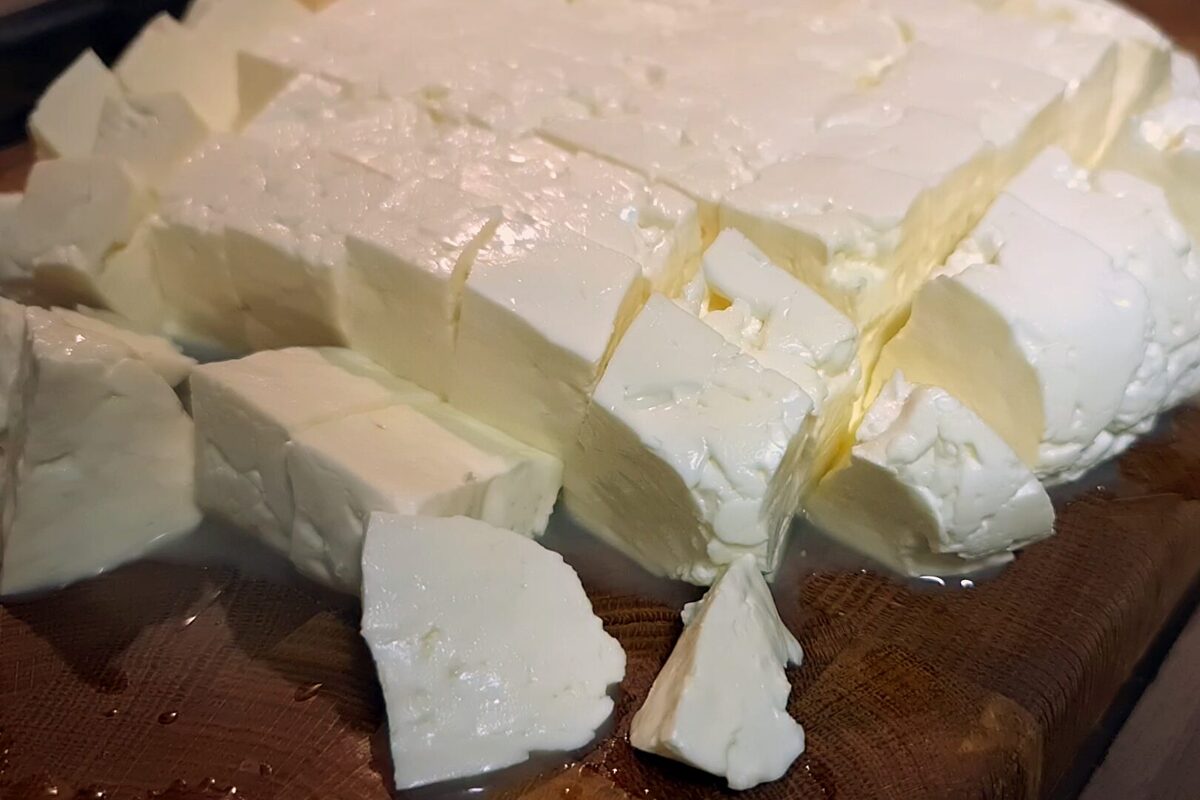 - Put the cut pieces back in the pot, add 50gr of salt, and stir by hand. Leave for 20 minutes.
- Prepare water at 75 °C in a bowl, put a small piece of cheese into the hot water, and start making stretches (if the cheese can be stretched 3x longer than it was before, then we can proceed to the next step). If the test is unsuccessful, keep the cheese in the warm place with the lid closed for another 30 minutes and try again. The optimal acidity level of cheese for stretching is PH 5.1–5.3.
- A successful test indicates that the cheese mass has reached the correct acidity level, and we can put all the sliced cheese in hot water and start stretching, and make mozzarella balls.
- If you want soft and tender mozzarella, you don't have to worry about stretching, because this task is to partially free the cheese from the remaining whey. Excessive stretching makes the cheese hard and rubbery, and it is also called pressed mozzarella or pizza mozzarella.
|

